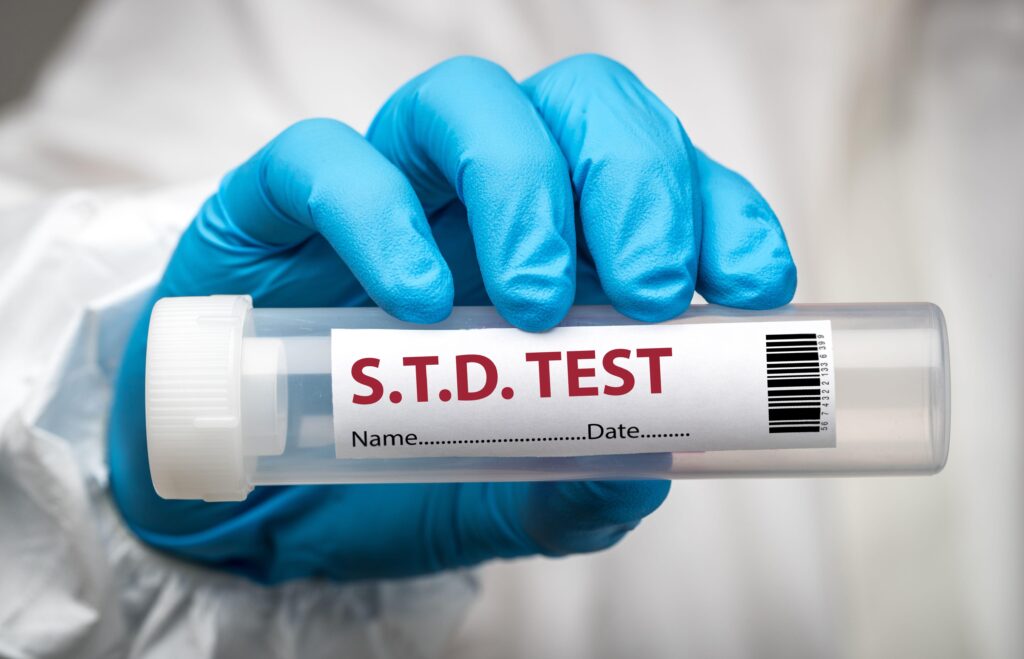
There have been reports in the U.S. that the number of baby syphilis has increased by about 11 times in the last 10 years. It is analyzed that the number of syphilis patients is increasing significantly in the United States with congenital cases of syphilis inherited directly from their parents. Recently, there have been reports that the number of syphilis in Japan has increased 10 times in 10 years, as well as reports that the number of syphilis cases has increased in Korea, predicting that it may be a precursor to the syphilis pandemic (global pandemic).
The U.S. Centers for Disease Control and Prevention (CDC) released a report on the 7th (local time) that the number of congenital baby syphilis cases last year was about 3700. That’s about 11 times the number counted 10 years ago.
매독 is a temple wave infection caused by the bacterial treponema 담창. Causes symptoms such as ulcers, rash, fever, fatigue, headache, and loss of appetite. If you get syphilis during pregnancy, you can get miscarriage and stillbirth. Infants who survive without leading to miscarriage and stillbirth may suffer from visual impairment, hearing impairment, and severe developmental delays. About 51 baby syphilis died last year, according to actual CDC tally.
About 38% of 3700 baby syphilis patients were born to women who had never had a prenatal test, according to the CDC. About 30% of women who have been tested more than once have not been tested for syphilis or missed the right time. In addition, 88% of mothers who tested positive for syphilis after prenatal testing did not receive adequate treatment.
“The number of baby syphilis continues to rise and the situation is serious, which means the collapse of public health infrastructure,” said Laura Bachman, chief medical officer of the CDC’s Department for the Prevention of sexually transmitted diseases.
매 poisoning was a disease that almost disappeared in the United States about 20 years ago. However, it surged between 2017 and 2022. Other sexually transmitted diseases have also increased. As of 2021, 1.6 million patients had chlamydia and 700,000 had gonorrhea.

The CDC is looking for reasons for an increase in sexually transmitted diseases, including syphilis, from the COVID-19 pandemic, reduced regular preventive care, and reduced treatment hours. Medical epidemiologist Melanie Taylor, Ph.D. from the Arizona Department of Public Health, told The New York Times that “the risk may be greater because we don’t use protective devices like condoms well.”
Sedes poisoning patients are also surging in Japan. According to the results of an infectious disease trend survey released by the National Institute of Infectious Diseases in Japan, the number of syphilis patients reported by September was 10,110, an increase of 2,000 more than the same period last year. The number of syphilis in Japan has continued to rise since it surpassed 1000 in 2013. In Japan, it is analyzed that the main cause is to have sex with someone you met through a sex business or social networks where the screening system for sexually transmitted diseases is insufficient.
The number of domestic syphilis has also increased. From February to July this year, syphilis cases increased by about 10% compared to the previous year. No clear cause of the increase has been identified. Health authorities are currently pushing for a plan to shift from a sample survey to a full survey by upgrading syphilis, a fourth-degree infectious disease, to a third-degree infectious disease such as AIDS.
Syphilis can be treated with a treatment that injects penicillin. If syphilis progresses significantly and there is no invasion of the central nervous system, a treatment with penicillin injection once a week is administered for 3 weeks. The U.S. CDC recommends getting a syphilis test during prenatal care or as soon as pregnancy is confirmed to prevent the occurrence of baby syphilis. If you suspect infection, we recommend that you get a syphilis test at 28 weeks of pregnancy and during childbirth.
JENNIFER
US ASIA JOURNLA



